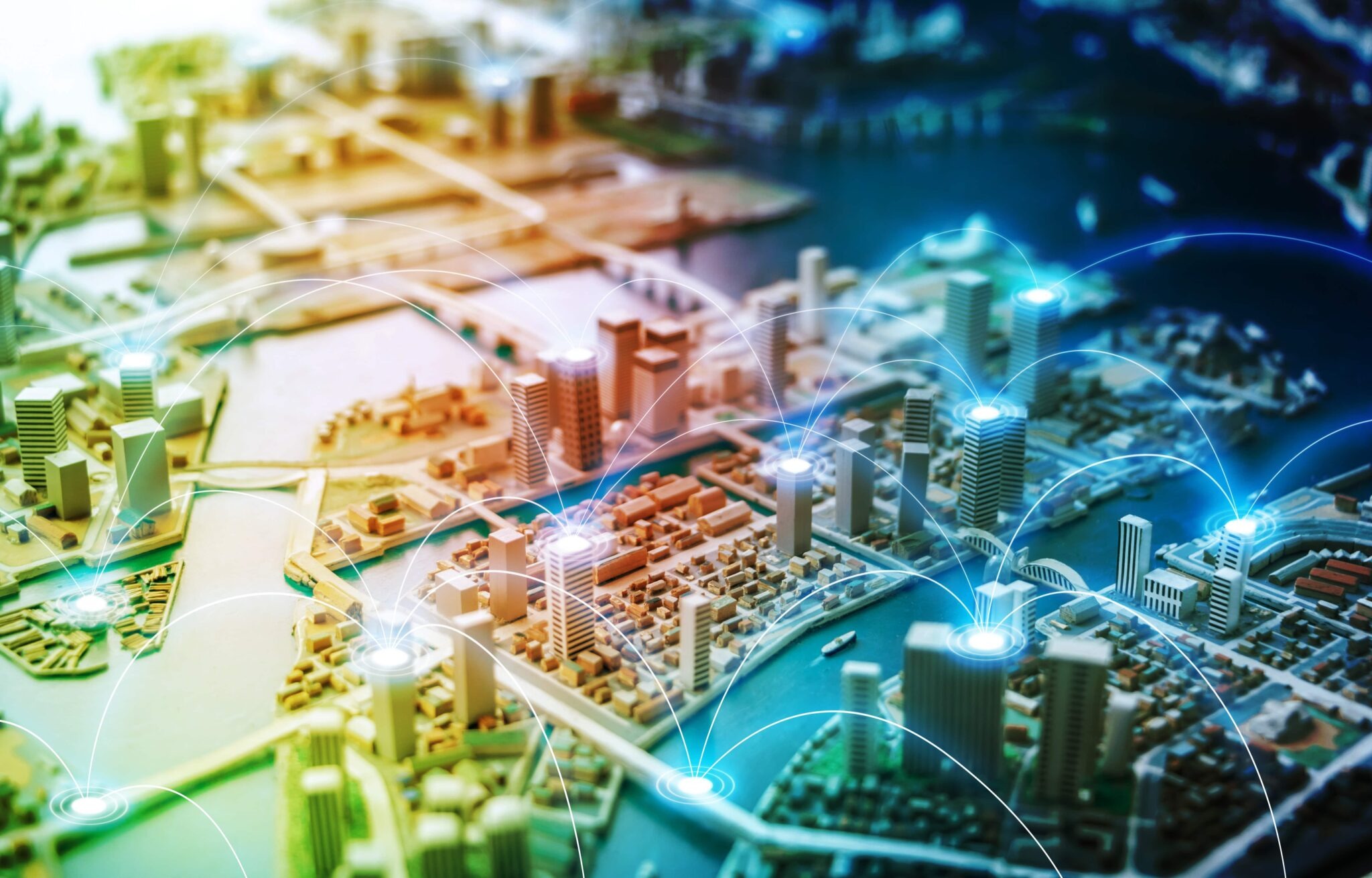Digital transformation has become a key driver for development and efficiency in all sectors, including physical infrastructure. The adoption of digital solutions offers a wide range of benefits, from improving the quality of services, to optimizing resources and promoting sustainability.
Today, infrastructure in Latin America and the Caribbean presents major challenges, which will become more acute in the coming years. The region will have more populated and larger cities, settlements with complex access conditions, increasing motorization rates, high vulnerabilities to natural disasters, and changes in the climate that will define new rules of the game.
To meet these challenges, governments must prepare and work on issues such as mobility as an integrated and sustainable service; flexibility in energy networks and the incorporation of new renewable energies; improved efficiency in the provision of public services and the anticipatory management of assets and resources; resilience to natural disasters; compliance with climate change goals; and citizen participation.
Uses of Technology in the Infrastructure Sector
Upon reflection, it is clear that implementing these actions requires leveraging connectivity, data, innovation and emerging technologies. The adoption of digital tools provides governments, entities and citizens with powers to overcome the hurdles ahead and unlock new capabilities in the process. Implementing technology in infrastructure is critical.
Smart cities require the integration of sensors, communication networks and data analysis in urban areas to enable the efficient management of energy, transportation and public services.
The use of remote sensing, robotics, 3D printing and virtual reality in construction streamlines construction processes, reduces errors and increases transparency and safety in projects.
The implementation of smart grids generates a more efficient energy supply, the use of renewable energy sources and the integration of electric vehicles into existing infrastructure.
Connectivity and the use of technologies such as the Internet of Things (IoT) and artificial intelligence in transportation improve road safety, optimize traffic management and facilitate autonomous and shared transportation.
The use of sensors and consumption analysis facilitate more efficient monitoring and control of drinking water quality and solid waste management.
The implementation of machine learning enables the development of predictive maintenance systems.
In addition, the integration of sensors and early warning systems helps mitigate risks associated with natural disasters, such as earthquakes or floods.
These solutions improve user safety and increase the resilience of infrastructure in the face of adverse events.
In this regard, we at the IDB promote modernization to enhance the benefits of the region’s investments in infrastructure. We recognize that digital transformation goes beyond technology. It is not simply a matter of adopting new technological tools, but of rethinking and redesigning existing processes; promoting a cultural change that fosters collaboration, innovation and adaptability; and developing the necessary capabilities in the human team, providing them with skills and competencies. We believe that only through a holistic vision and a comprehensive strategy can we achieve a truly successful digital transformation.
Discover our digital solutions
From the IDB, we offer resources through our digital solutions factory. Through them, we experiment and develop products to be used for free by governments, businesses and other organizations. We also support the prototyping of digital products to be developed by our clients in operations and technical cooperations.


